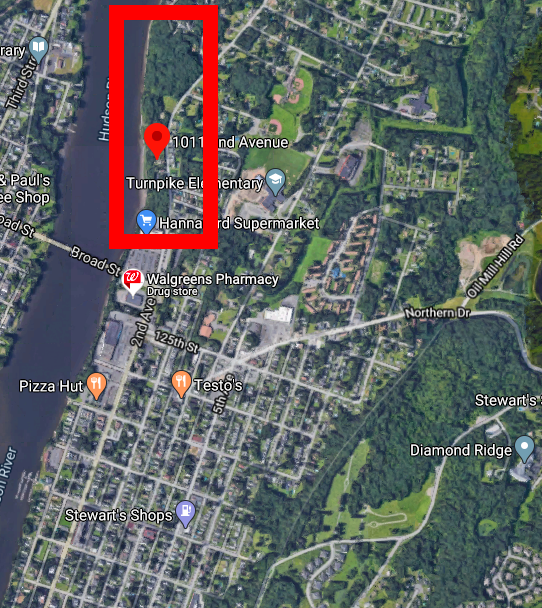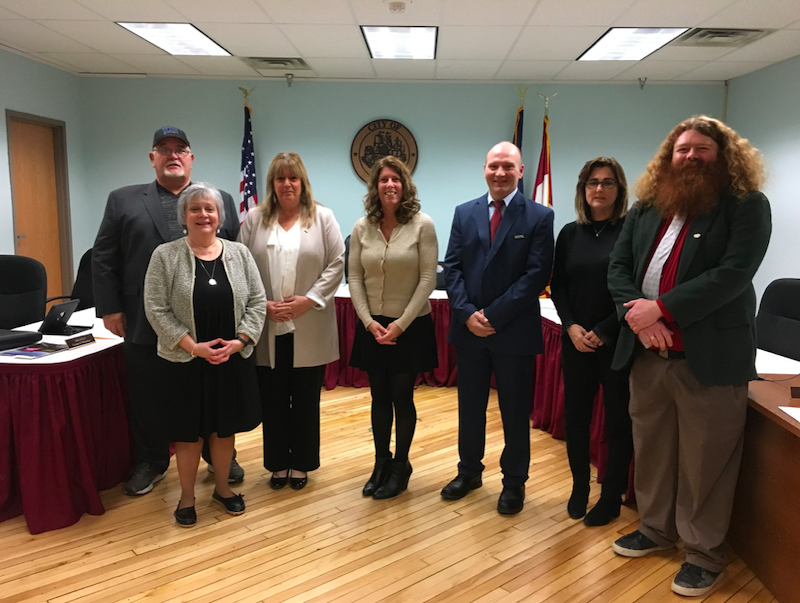What You Can Do Right Now
There are several ways you can help protect this land!
1 — Volunteer! You can sign up [by filling out this form].
2 — SIGN THE PETITION – [here]
3 — Call or e-mail the members of the Troy City Council Planning Committee:
* WE RECOMMEND TO CONTACT ALL MEMBERS OF THE COMMITTEE
Here is a suggestion for what you might want to tell them:
Hi! My name is [NAME]. I am calling about the proposed development at 1011 2nd Avenue in Lansingburgh.
I am asking you to stop this development now. It will destroy an important cultural and historical site, the city’s last undeveloped forest along the Hudson river. It will also lastingly disrupt the Lansignburgh neighborhood and divert resources from the many vacent properties in the neighborhood that need more urgent development.
For all those reasons I urge you, in the meeting on August 27, to vote AGAINST the motion to refer this to the Planning Commission and STOP THIS DEVELOPMENT FROM ADVANCING NOW!
And here is how to contact them:
| Kim Ashe McPherson 355 6th Avenue Troy, NY 12182 (518) 365-5536 kim.mcpherson@troyny.gov |
Anasha Cummings, Chair 16 Hutton Street Troy, NY 12180 (518) 406-8636 Anasha.Cummings@troyny.gov |
| Sue Steele 1610 Peoples Avenue Troy, NY 12180 (518) 279-6122 sue.steele@troyny.gov |
Carmella Mantello, Coucil President 47 Roselawn Ave Troy, NY 12180 (518) 281-6582 |
4 — Collect petitions and inform others
You can let others know about what is happening, raise awareness about the effort and how to volunteer!
We particularly always need support in collecting petitions — you can sign up to do so via this form.




